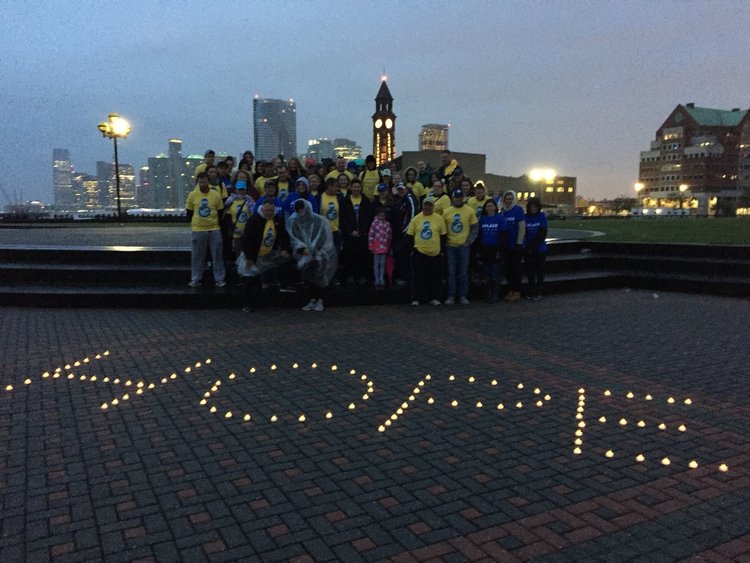By Jeremy Walsh
Queens led the city in adding residential capacity as a result of neighborhood rezonings, a New York University real estate study has found, but researchers doubt that the potential expansion will meet future population demands.
Between 2003 and 2007, rezonings added 37.8 million square feet of residential capacity to the borough by upzoning certain blocks to accommodate taller buildings.
Manhattan was next, adding 34.1 million square feet of capacity. Brooklyn was third with 19.9 million, Staten Island came in fourth with 5.9 million and the Bronx trailed with a mere 290,000 square feet of added capacity.
If used for housing, this capacity would create space for about 200,000 new residents, the study found — far short of the 1 million additional people anticipated by Mayor Bloomberg’s PlaNYC 2030.
“While we find that on paper, the upzonings have added more capacity than the downzonings have taken away, we also find reason to doubt that all of this new capacity will be built out for residential use and it remains unclear whether we are on track for creating enough new residential capacity to accommodate the 1 million new New Yorkers that are expected to live in the city by 2030,” said Vicki Been, faculty director for NYU’s Furman Center for Real Estate and Urban Policy, in a statement.
The study examined the impact of 76 rezonings initiated by the city Planning Department affecting 188,000 of the 816,000 lots that existed in 2003 in the five boroughs.
The study found that Community Board 2, which includes Long Island City; CB 10, which includes Howard Beach and South Ozone Park; and CB 12, which includes Jamaica and St. Albans, all saw at least a 10 percent increase in residential capacity as a result of the rezonings.
The southeast Queens community districts had the largest increases in residential capacity in the entire city, the study found.
CB 7, which includes Auburndale, College Point and Flushing, and CB 8, which includes Fresh Meadows and Jamaica, were next with between 0.5 percent and 4.9 percent growth in residential capacity. CB 5, which includes Ridgewood, Maspeth and Middle Village, actually saw a decrease in capacity between 0.5 percent and 4.9 percent.
Neighborhoods that had high concentrations of minorities like blacks, Hispanics and Asians, tended to be the sites of the upzonings, while areas where whites dominated the census rolls tended to be downzoned, the study found.
NYU researchers ignored the dozens of smaller rezonings proposed by community groups, concluding rezonings from applicants other than the Planning Department increased the city’s residential capacity by less than 1 percent.
Reach reporter Jeremy Walsh by e-mail at jewalsh@cnglocal.com or by phone at 718-260-4564.

































